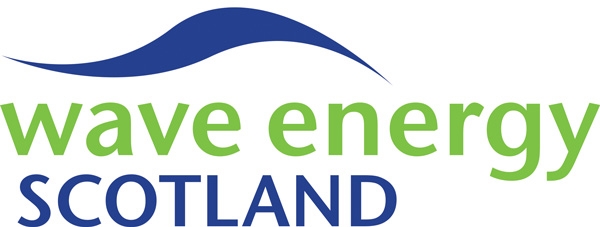Electricity generation from waves typically involves highly complex systems. Alternative generation methods with novel materials could simplify wave energy converters. Wave Energy Scotland is keen to facilitate cross-sector collaboration to drive this forward.
Wave energy technology is currently being demonstrated around the world and it is anticipated that the first pre-commercial arrays will be deployed over the next five years. The global market for wave energy is vast with estimates of more than 200GW by 2050. Analysis by ORE Catapult suggests that wave energy could have a net positive contribution to the UK economy of £4 billion and support 8,100 jobs by 2040.
There is an opportunity with alternative generation techniques to realise step-changes in cost and performance that could continue development beyond the current attractive crop of pre-commercial technologies and hasten wave energy’s path to cost competitiveness and subsequent widespread deployment, or application in emerging niche markets. There are challenges that need to be addressed with these technologies, and at this early stage of development this will require a collaborative effort involving materials research, development of cost-effective power electronics, systems integration and wave energy expertise.
In wave energy considerable progress has been made and continues to be made in the development of cost-effective power take off systems (PTOs) which utilise permanent magnets. However, these subsystems have many moving parts and require regular maintenance meaning that they can be highly complex and costly. Alternatives such as Dielectric Elastomer Generators (DEGs) and Triboelectric Nanogenerators (TENGs) provide the potential to reduce the mass, volume and cost associated with a traditional PTO. These solutions can eliminate the need for a separate PTO with the power conversion function being integrated into the wave energy convertor (WEC) structure; or incorporated into existing WECs.
These technologies have been demonstrated in the lab and show potential however further work is required if they are to be part of the solution. The relevant expertise is likely to be in a different sector such as material science, power systems engineering, chemical engineering, soft robotics, automotive or aerospace. Wave Energy Scotland is keen to participate in cross-sector collaboration that could unlock an exciting new chapter in the wave energy story. We are actively looking to develop contacts who may be interested in or working on projects like the above. Whether you are active in industry or academia, we would like to hear from you, so contact our team for more information.
To access the full technical paper, visit our Knowledge Library.
Related Articles
Wave Energy Scotland Unveils Wave Energy Cluster Concept Design
Wave Energy Scotland (WES) has unveiled a concept design for a multi-megawatt cluster arrangement of wave energy converter devices
Report: Future Economic Potential of Tidal Stream & Wave Energy in Scotland
This report details the size of the potential economic prize for Scotland
Henry Jeffrey wins OEE industry award
The award acknowledges individuals or organisations who have made an outstanding contribution to the ocean energy sector.
Blackfish Engineering sign strategic MoU to accelerate C-Dart Mooring System
Blackfish Engineering announce the signing of a strategic Memorandum of Understanding (MoU) with AJT Engineering.
WES announces Round 2 Direct Generation competition selections
In the second round of the Direct Generation Concept Design Competition, we have awarded a total of £400,000 to be shared between two projects.
Apollo's quick connection system successfully tested in Orkney
Apollo, a leading engineering and energy advisory consultancy, is thrilled to report the successful trial of the PALM Quick Connection System (QCS) for floating offshore renewables.
Elva Bannon awarded 2024 Top 50 Women in Engineering Award (WE50)
Wave Energy Scotland's Research and Engineering Manager, Elva Bannon, has been selected as one of the Top 50 Women in Engineering (WE50).
Quoceant's Quick Connection System completes next step to technology certification
Lloyd’s Register awards Quoceant an IECRE Feasibility Statement for the Q-Connect system.
Blackfish Engineering win accelerator challenge with WES-funded technology
Blackfish Engineering Wins prestigious NOW Accelerator Challenge with Innovative Mooring Quick-Connector Concept
Direct generation competition round one results
Round one of Direct Generation Concept Design Competition draws to a close.
2023 UK Ocean Energy Review report published
This report provides a concise summary of the UK’s evolving national strategy.

